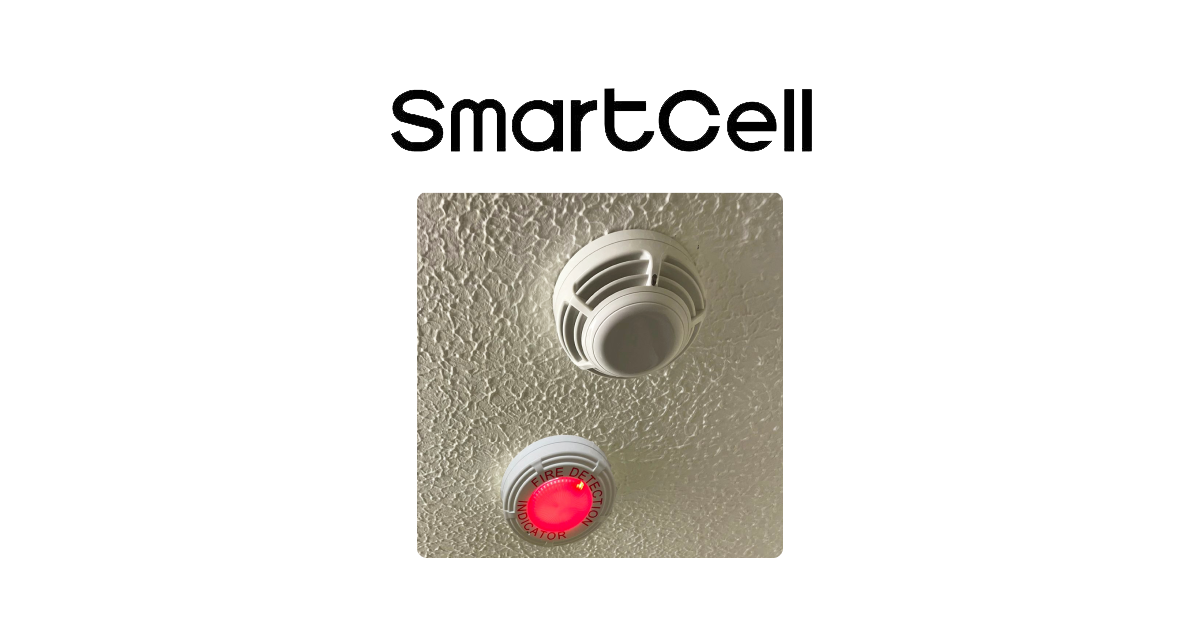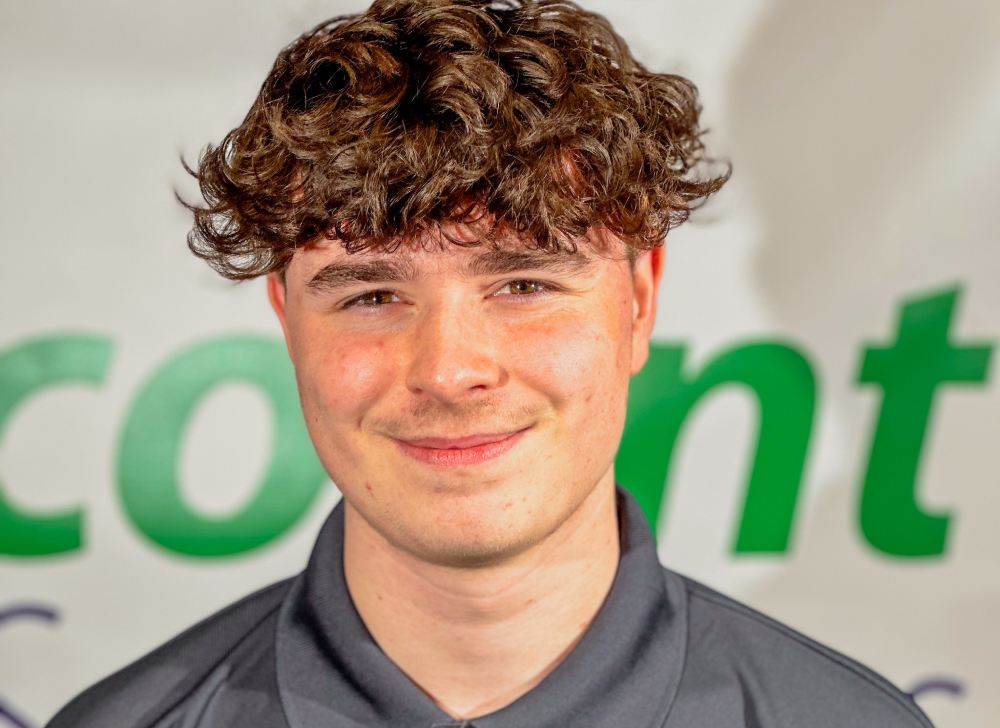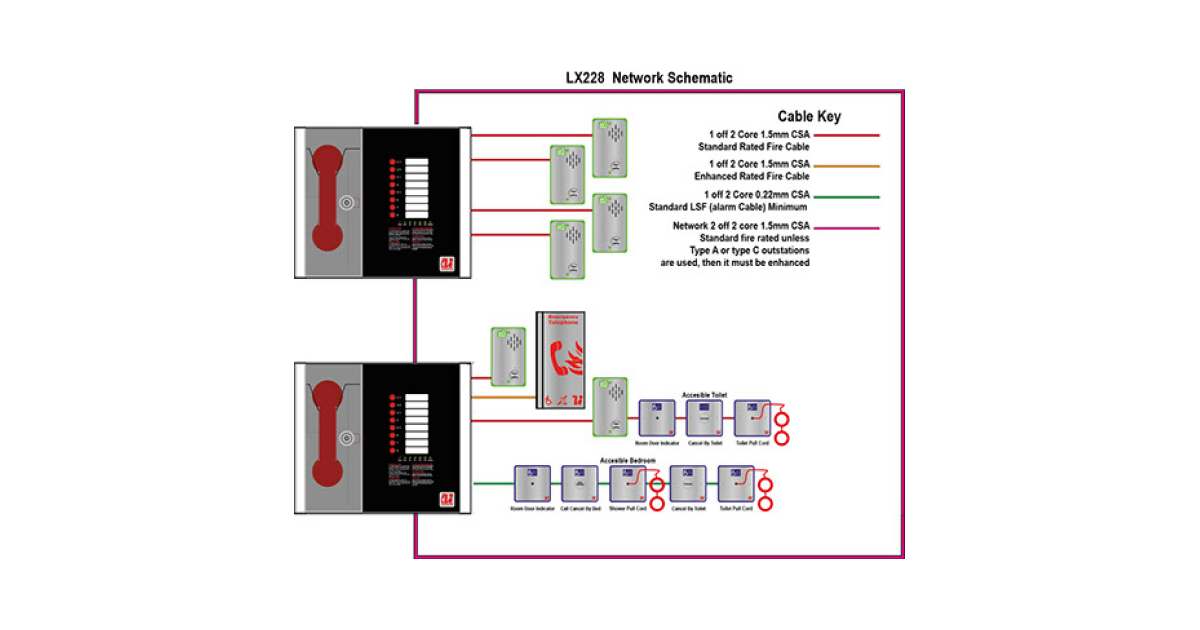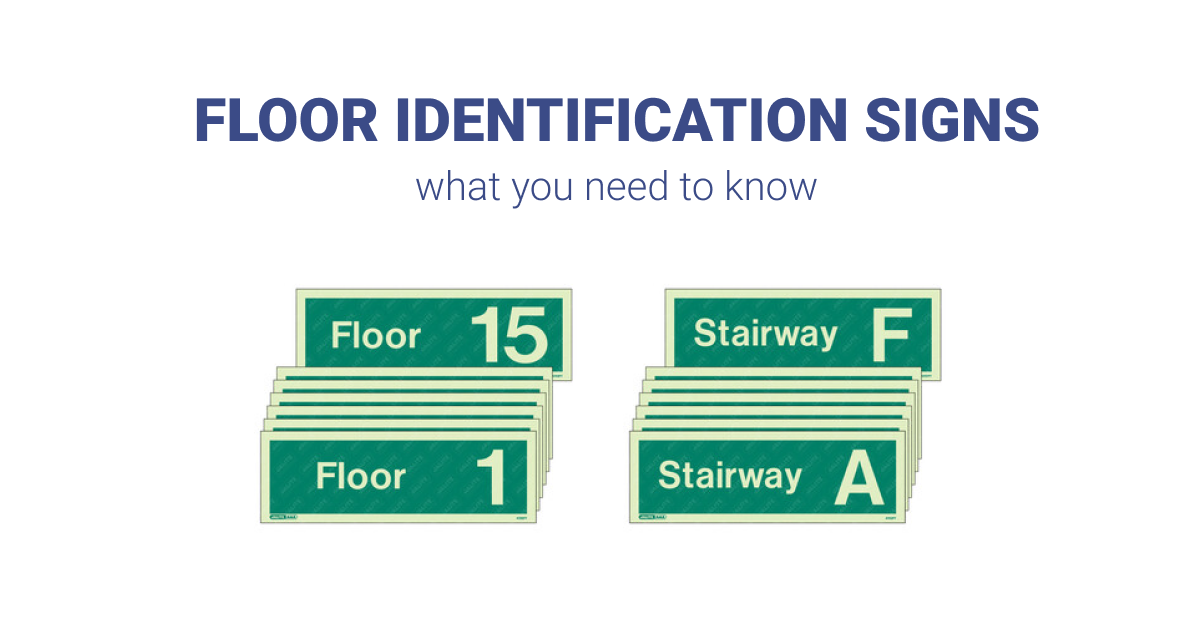
This is the first in a series of interviews we have conducted with various fire industry experts. Special thanks goes to Mark Tansey from Electro Detectors for his time and thoughts on their flagship Zerio Plus wireless system.
What makes Zerio Plus stand out from the competition?
Ease of programming. This however is only part of the answer. The system is incredibly simple to programme which then makes errors less likely. In turn the system ends up being more reliable through everything being programmed and set up correctly.
Are there any features of the Zerio Plus system which users sometimes overlook?
Both the use of wired aerials and the ability to extend systems beyond 240 devices can get overlooked.
Wired aerials can be a cost effective solution, particularly in high rise blocks where a riser is available to run cables between floors.
Systems can be extended beyond 240 devices by linking ‘sub-systems’. In this manner we can create systems with thousands of devices using one main control panel or with multiple repeat panels as required.
We consider Zerio Plus to be a completely wireless solution however many competitors market their systems as hybrid. What are your thoughts on the differences?
Hybrid certainly still has a place in the market for now. However it is a little like the Toyota Prius – neither one thing nor another. In the same way that the Prius is a stopgap on the inevitable road to electric powered cars, the hybrid fire system is only useful until wireless systems take over from wired in the majority of installations.
When installers are deciding whether to go for a wireless or hardwired system, in particular those new to wireless, we sometimes hear concerns about the potential reliability of wireless. How does Zerio Plus deal with this?
There are absolutely no endemic reliability issues related to Zerio Plus. On the rare occasion that a site has on-going problems they are almost without exception due to one of the following: 1. Poor survey 2. Network equipment not installed as per survey 3. System not set-up correctly e.g. boosters installed but network not learned 4. Auto-learn carried out for network and devices but not checked after. Some devices may attach to the wrong aerial during auto-assigning. This is easily rectified at commissioning if RSSI levels are downloaded and checked as per BS5839.
In the future will all systems be wireless?
Possibly. Whilst it will remain cheaper to cable a new building for the foreseeable future, it is not impossible to imagine a time where wireless devices are so competitively priced that they become the ‘norm’. It may also be that the skills required to cable buildings become ever rarer and wireless just becomes the obvious solution for all buildings.










